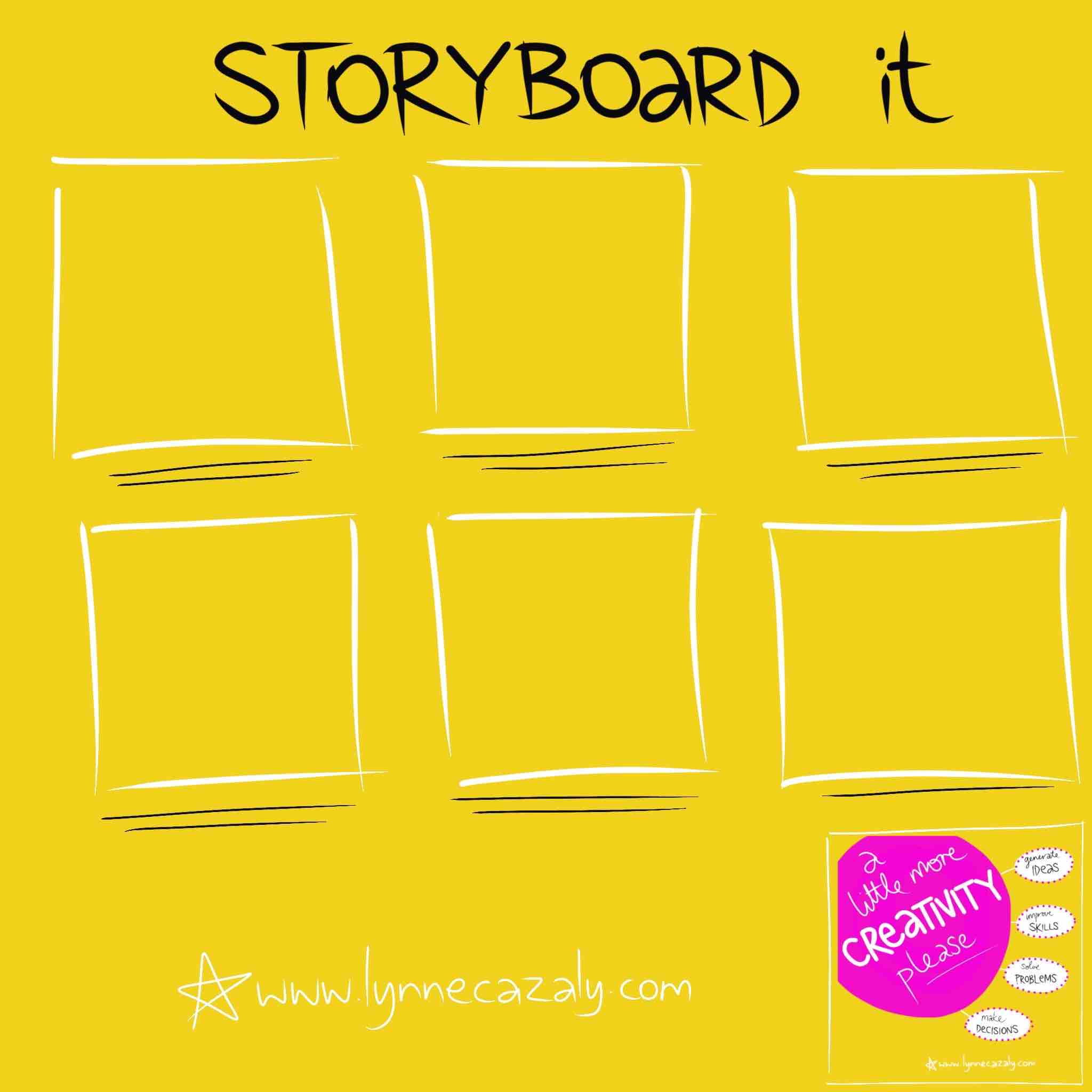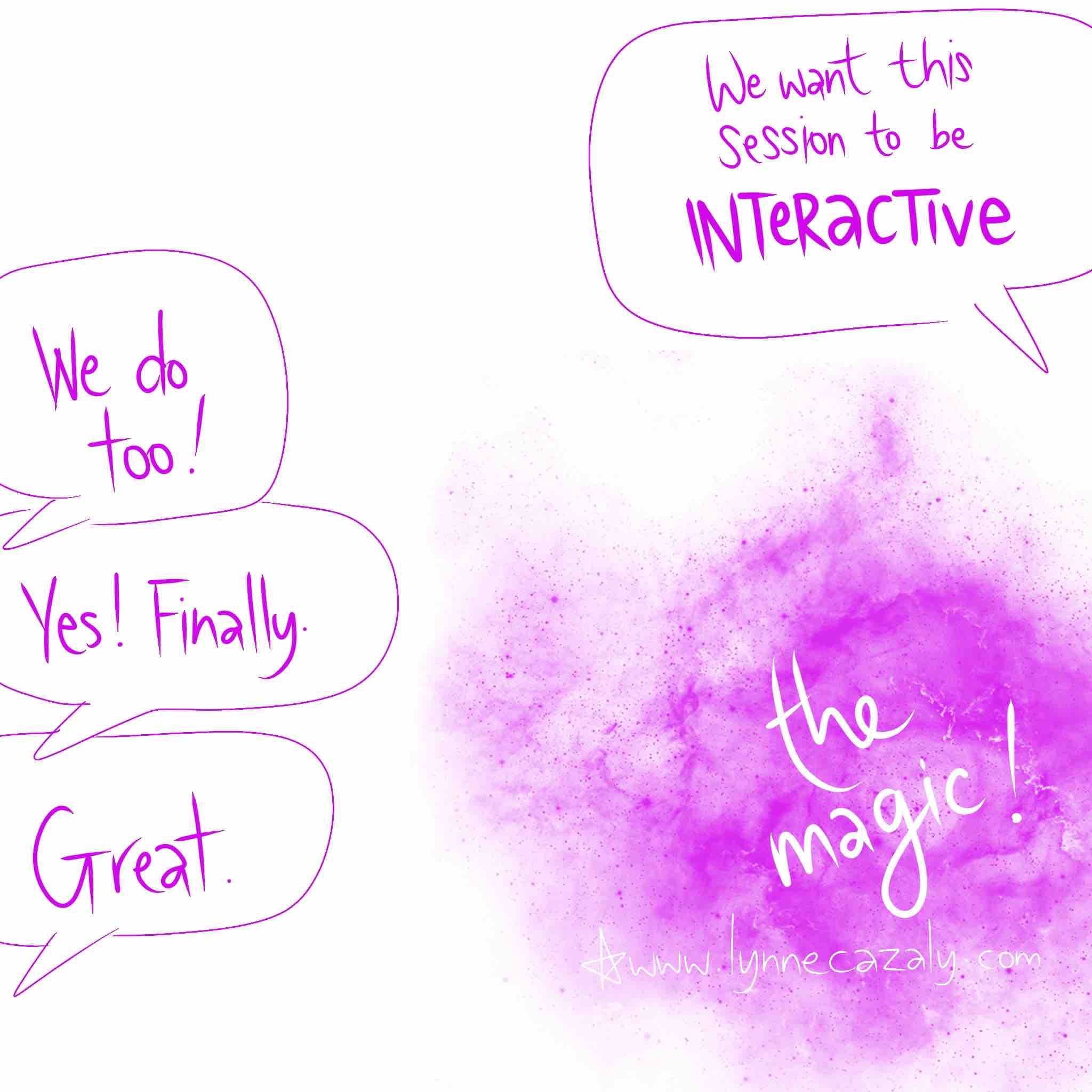During my visit to New Zealand last week I enjoyed a couple of tasty dinners out with some of the great people from Agile Wellington Meetup and Boost New Media.
Over a glass of New Zealand Pinot Noir, I noticed how we shared story after story after story - personal stories, travel stories, food stories, funny stories, business stories ... laughter here and there, learning, sharing and connecting.
Stories are certainly on the rise! Their value and impact when they are used to communicate key messages across teams and organisations is undeniable too! (You can read more about how to use stories in business in the book 'Hooked: How leaders connect, engage and inspire with storytelling', by my Thought Leadership colleagues Gabrielle Dolan & Yamini Naidu.)
While telling the stories is one aspect of great communication, recalling and revisiting them later on is another aspect that I think needs greater attention and focus.
In a client workshop recently, one of the senior leaders shared so many brilliant and inspiring stories throughout the day. We heard sales stories, planning and project stories, tales of challenge and of achievement and so many other inspiring messages. You could see and feel how well the content, style and messages impacted on the team.
So that these powerful stories weren't 'lost', I visually captured them.

This is the type of output I captured for one of the team's sessions. Small circles or vignettes are great shapes to write some words and icons to remind the team of the key content from the stories being shared as we travel along throughout the workshop or meeting.
Be sure to relax... you don't need all of the details covered in every story. I often say 'A small visual anchor can hold a weight of information'. You only need a small visual to remind you and others of the detail and content and how you felt about the story and its message. Given you didn't hear the leader's stories from last week, these visuals won't mean so much, but it's the style or design or approach I'm interested in you grasping.
So... to make sure you don't 'lose the plot' when it comes to stories, I'm sharing my template. It makes them Visual Stories and helps prolong their life beyond the telling in the here and now.

Click to save it, print it out or sketch out your own series of circles (or other shapes) to collect the key points and learnings the next time you hear a great story you want to remember. Use one circle per story, or one circle for each key point or moral of the story.
In this way you can quickly review, revisit and retell these chunks of content and information.
The end!

 Wednesday, October 28, 2020 at 8:08AM
Wednesday, October 28, 2020 at 8:08AM 
























